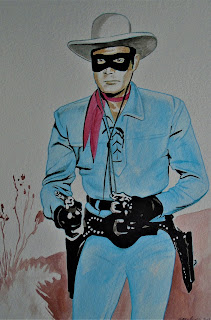
LEGENDARY HEROES #14 JANE ARDEN Created by writer Monte Barrett and artist Frank Ellis, Jane Arden was the original "girl reporter" and prototype for Lois Lane and Brenda Starr. The comic strip was distributed by the Register & Tribune Syndicate and debuted on November 26, 1928. Barrett wrote the stories until his death in 1949 when Walt graham took over the job. Illustrator Ellis left in 1935 and was replaced by Russell E. Ross who did the comic strip for most of its run. Jane Arden was the crime reporter of her big city newspaper and sought to infiltrate and expose criminal activity rather than merely report on it. The portrayal was a departure for women characters in the comic strips. When WWII broke out Barrett & Ross were quick to scrap their current storyline and rushed Jane Arden into the war zone, giving her an assignment in Europe to cover the war. The comic strip ended on January 20, 1968 after a 40-year run in the newspapers. While "Jane Arden


